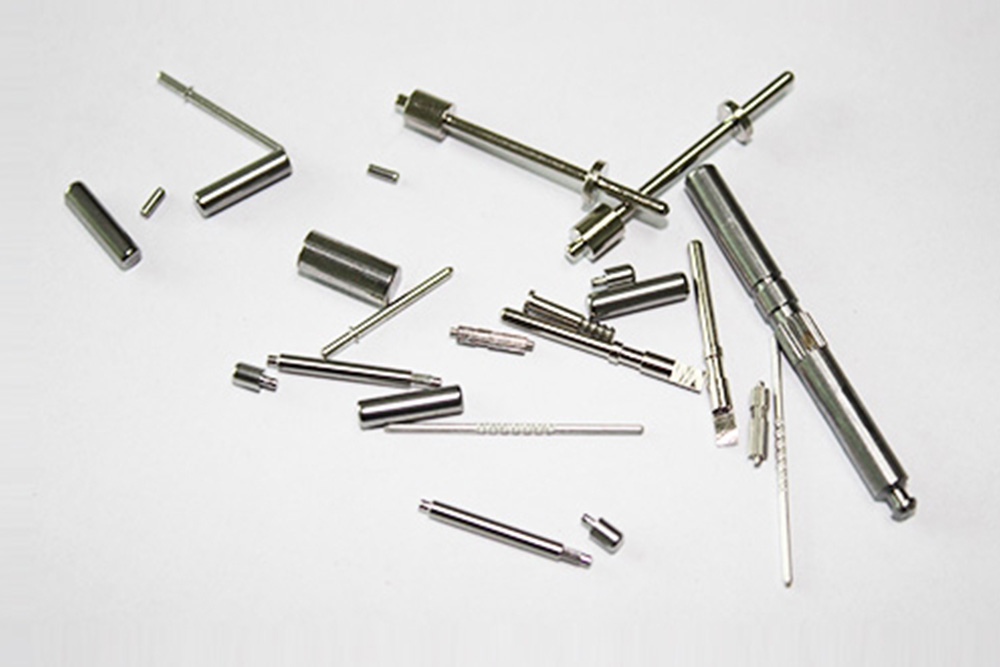Why CCD Optical Sorting Systems Are Essential for Magnetic Material Manufacturers
Why CCD Optical Sorting Systems Are Essential for Magnetic Material Manufacturers
Table of Contents
- 1. Introduction to CCD Optical Sorting Systems
- 2. Understanding Magnetic Materials and Their Applications
- 3. The Importance of Sorting in Magnetic Material Manufacturing
- 4. How CCD Optical Sorting Systems Work
- 5. Benefits of CCD Optical Sorting Systems
- 6. Case Studies of CCD Optical Sorting in Action
- 7. Challenges and Solutions in Implementing CCD Optical Sorting
- 8. The Future of CCD Optical Sorting Technology in Manufacturing
- 9. Conclusion
- 10. FAQs
1. Introduction to CCD Optical Sorting Systems
In the ever-evolving landscape of manufacturing, **CCD optical sorting systems** have emerged as pivotal components in optimizing production processes, particularly within the magnetic material manufacturing sector. These systems utilize advanced imaging technologies to provide manufacturers with enhanced sorting capabilities, ensuring that only high-quality materials proceed further along the production line. This article delves into the critical role CCD optical sorting systems play in enhancing operational efficiency and accuracy, ultimately driving improvements in product quality.
2. Understanding Magnetic Materials and Their Applications
To appreciate the value of CCD optical sorting systems, it is essential to first understand the nature of **magnetic materials**. These materials are classified based on their magnetic properties and applications, which range from consumer electronics to industrial machinery. The most common types of magnetic materials include ferromagnetic, ferrimagnetic, and paramagnetic substances, each with unique characteristics suitable for specific applications.
For instance, **ferromagnetic materials** such as iron and nickel are widely used in electrical appliances, while ferrimagnetic materials are crucial for manufacturing magnetic storage devices. Understanding these materials' properties is vital for manufacturers aiming to produce high-quality products that meet industry standards.
3. The Importance of Sorting in Magnetic Material Manufacturing
Sorting is a critical step in the manufacturing process, particularly for magnetic materials. Efficient sorting ensures that manufacturers only use materials that meet stringent quality standards, thereby reducing the risk of defects and improving overall product reliability. Traditional sorting methods, however, often fall short, leading to inefficiencies and increased production costs.
**CCD optical sorting systems** address these challenges by offering precision and speed that manual sorting cannot match. By utilizing advanced imaging technology, these systems can analyze and categorize materials with accuracy, ensuring that only the best quality magnetic materials proceed to production.
4. How CCD Optical Sorting Systems Work
The functionality of **CCD optical sorting systems** is based on sophisticated imaging technology that captures high-resolution images of materials as they move along the production line. Here’s a closer look at how these systems operate:
1. **Image Acquisition**: As materials pass through the sorting system, high-definition cameras capture images in real-time. These cameras are equipped with **charge-coupled device (CCD)** technology, which provides high-quality imaging.
2. **Image Analysis**: The captured images are processed using advanced algorithms that analyze the physical and chemical properties of each material. This analysis helps identify the quality and type of material.
3. **Material Classification**: Based on the analysis, the system categorizes materials into various groups, such as acceptable and unacceptable quality.
4. **Separation Mechanism**: After classification, the system activates separation mechanisms—such as air jets or mechanical arms—to divert unacceptable materials from the production line, ensuring only the best materials continue in the manufacturing process.
5. Benefits of CCD Optical Sorting Systems
Implementing CCD optical sorting systems offers numerous benefits to magnetic material manufacturers, including:
5.1 Enhanced Accuracy and Precision
The precision of CCD optical sorting systems significantly reduces the likelihood of human error in the sorting process, ensuring that only the highest quality materials are used in production.
5.2 Increased Efficiency
These systems operate at high speeds, allowing for faster processing times. This increased efficiency translates into higher throughput and reduced operational costs.
5.3 Cost-Effectiveness
By minimizing the amount of waste generated from sorting errors, manufacturers can significantly lower production costs and enhance profitability.
5.4 Improved Quality Control
With real-time monitoring and sophisticated analysis, CCD optical sorting systems provide manufacturers with enhanced quality control, ensuring products meet industry standards.
5.5 Sustainability and Eco-Friendliness
By improving the quality of materials used and reducing waste, CCD optical sorting systems contribute to more sustainable manufacturing practices, aligning with global efforts to promote environmental responsibility.
6. Case Studies of CCD Optical Sorting in Action
Several companies in the magnetic material manufacturing sector have successfully implemented CCD optical sorting systems, realizing impressive results. Here are a few notable examples:
6.1 Case Study: XYZ Magnetics
XYZ Magnetics, a leader in producing high-performance magnets for automotive applications, integrated a CCD optical sorting system into their production line. As a result, they reported a 30% increase in production efficiency and a substantial reduction in material waste.
6.2 Case Study: ABC Industries
ABC Industries faced challenges with quality control in their magnetic material production. By adopting CCD technology, they improved their sorting accuracy, leading to a 25% decrease in defects and increased customer satisfaction.
7. Challenges and Solutions in Implementing CCD Optical Sorting
While the benefits of CCD optical sorting systems are evident, manufacturers may face challenges during implementation. Common issues include:
7.1 Initial Investment Costs
The upfront costs of acquiring CCD optical sorting systems can be significant. However, manufacturers should consider the long-term savings and efficiencies gained over time.
7.2 Integration with Existing Systems
Integrating new technology into existing production lines may require adjustments. Manufacturers should work with technology providers to ensure seamless integration.
7.3 Training and Adaptation
Staff training is essential for maximizing the benefits of CCD sorting systems. Providing adequate training will enable employees to efficiently operate and maintain the technology.
8. The Future of CCD Optical Sorting Technology in Manufacturing
The future of CCD optical sorting technology looks promising, with continuous advancements in imaging and artificial intelligence. Future trends in this area include:
8.1 Enhanced AI Algorithms
The integration of AI will further improve sorting precision by enabling systems to learn from their experiences and adapt to new sorting criteria.
8.2 Greater Speed and Efficiency
Ongoing innovations will likely lead to even faster sorting capabilities, enhancing production rates and reducing costs.
8.3 Broader Application Across Industries
While primarily used in magnetic material manufacturing, CCD optical sorting systems will increasingly find applications in various industries, including food and recycling, broadening their impact.
9. Conclusion
In conclusion, **CCD optical sorting systems** are indispensable for magnetic material manufacturers seeking to enhance efficiency, accuracy, and quality control in their production processes. By understanding the technology, benefits, and challenges of these systems, manufacturers can make informed decisions that will ultimately lead to improved operational performance and product quality. As technology continues to evolve, embracing CCD optical sorting will position manufacturers to thrive in an increasingly competitive market.
10. FAQs
10.1 What are CCD optical sorting systems?
CCD optical sorting systems utilize advanced imaging technology to analyze and sort materials based on their physical and chemical properties, enhancing the quality control process.
10.2 How do CCD sorting systems improve efficiency?
These systems operate at high speeds, allowing for quick sorting and processing, which minimizes downtime and increases production throughput.
10.3 What industries benefit from CCD optical sorting?
While primarily used in magnetic material manufacturing, CCD optical sorting technology is also beneficial in industries such as food processing, recycling, and pharmaceuticals.
10.4 Are CCD optical sorting systems costly to implement?
The initial investment may be high, but the long-term savings and efficiency gains often justify the costs.
10.5 How can manufacturers ensure successful implementation of CCD sorting systems?
Successful implementation involves thorough training for staff, proper integration with existing systems, and ongoing maintenance to ensure optimal performance.













